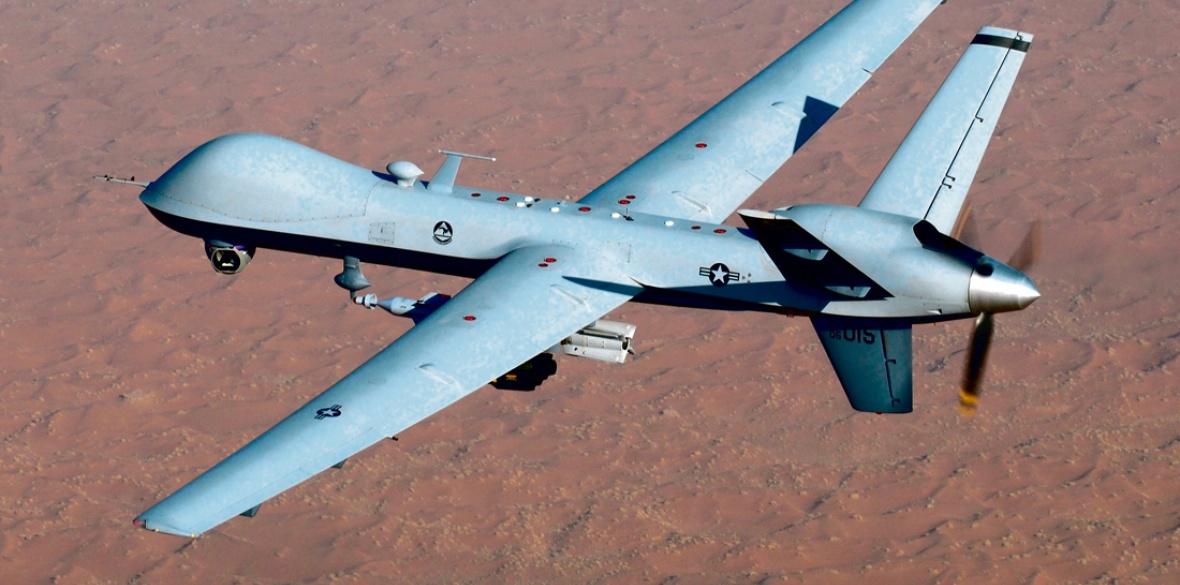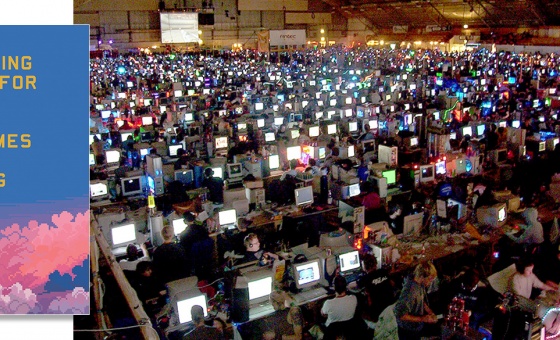This is the last article you can read this month
You can read more article this month
You can read more articles this month
Sorry your limit is up for this month
Reset on:
Please help support the Morning Star by subscribing here
TECHNOLOGICAL advances impact on us all and many improve the quality of our lives.
In healthcare, digital monitors help control diabetes, the use of robots aids surgical procedures, patient-specific cancer treatments are starting to be developed.
Even the driverless cars of the future will include health-monitoring technology, though some of us remain to be convinced this form of transport will reduce rather than increase driver stress or traffic accidents.
Like other societal shifts, however, the digital revolution has brought many equivocal, sometimes downright negative, results.
Robocop is still in the realm of fantasy, but Big Brother can and is monitoring, collecting, storing and sharing more data on the public than ever before. We know it thanks to investigative journalists such as Duncan Campbell, who has exposed the existence of secret UK surveillance systems over decades.
The 1991 Gulf War allowed the military to validate then new technologies such as unmanned aerial vehicles (UAVs, or commonly drones), precision-guided munitions and enhanced communications capabilities.
The 2003 invasion of Iraq has done likewise for the next generation of battlefield technologies such as target acquisition and satellite use — changes which are turning science fantasy into fact.
The majority of military systems are now automated to some extent.
Off the leash, a new Drone Wars UK report out tomorrow, argues that UAVs are likely to be the first truly autonomous weapons systems that can not only can fly themselves for extended periods but may also “select, identify and destroy targets without human intervention.”
Artificial intelligence expert Pere Brunet of the Delas Centre for Peace Studies adds another warning for the future. We are heading for a new scenario in which “robotic weapons can be easily assembled from on-the-shelf components by any almost country or organisation,” he says.
University funding from the MoD
and UK arms companies has grown since the turn of the century
What governments say and what they do on these issues are different. The British government expresses opposition to developing armed autonomous systems, for example, but it has not supported UN moves to ban them. Leaders of Britain’s armed forces, on the other hand, have endorsed them.
Meanwhile, the military is moving in on British universities, as are major arms manufacturers such as BAE systems and Rolls Royce.
University funding from the MoD and British arms companies has grown since the turn of the century. And, as Stuart Parkinson of Scientists for Global Responsibility points out, military funding “tends to be concentrated in engineering departments” and mainly directed towards applied work rather than research.
Developments in the field of nuclear weapons systems parallel those of conventional weapons, and are led by the US.
The Pentagon wants to speed up development of a new generation of so-called low-yield nuclear weapons — smaller and more accurately targeted nukes, made possible by technological advances.
Low yield, of course, is a relative — not to say downright misleading — term. The atomic bombs the US dropped on Japan in 1945 would be “low yield” according to modern definitions. At the same time, the US has enlarged the scenarios in which it will consider using its nuclear weapons to include “significant non-nuclear strategic attacks.” In other words, in a conventional war.
Taken together, the development of more accurately targeted and “smaller” nuclear weapons systems and the expansion of the conditions in which nuclear weapons might be used have served to breathe new life into the debate of the 1980s — the possibility of fighting and winning a limited nuclear war.
President Ronald Reagan’s “star wars” project was central to the debate back then. It proved a non-starter — the costs were enormous and the technology inadequate. Put on the back burner, it never quite went away. No surprise then, in June this year, President Donald Trump announced the development of a new branch of the military, a “Space Force,” with provision in next year’s military budget for developing space-based missile interceptors to protect the US from nuclear strikes.
Not only do these developments increase the possibility of nuclear confrontation, as Professor Dave Webb of Leeds Beckett University points out, they will also tend to drive up global military spending as other states compete to develop similar “protection.”
“The possible consequences are extremely serious. The US intention to dominate is clearly shown by the Space Command uniform badge which declares the wearer a ‘Master of Space’.”
For these reasons and more, CND steps in to the debate on new technologies tomorrow, with the Future Wars: the Impact of New Technologies conference on at Birkbeck, University of London. The specialists mentioned above will be joined by experts on US security policy, neurowar, surveillance, and the militarisation of space. Not to forget, of course, the discussion of the real alternatives to a new arms race.
Carol Turner is a vice-chair of CND UK and author of Corbyn and Trident: Labour’s continuing controversy. Details about CND’s Future Wars conference are available at cnduk.org








